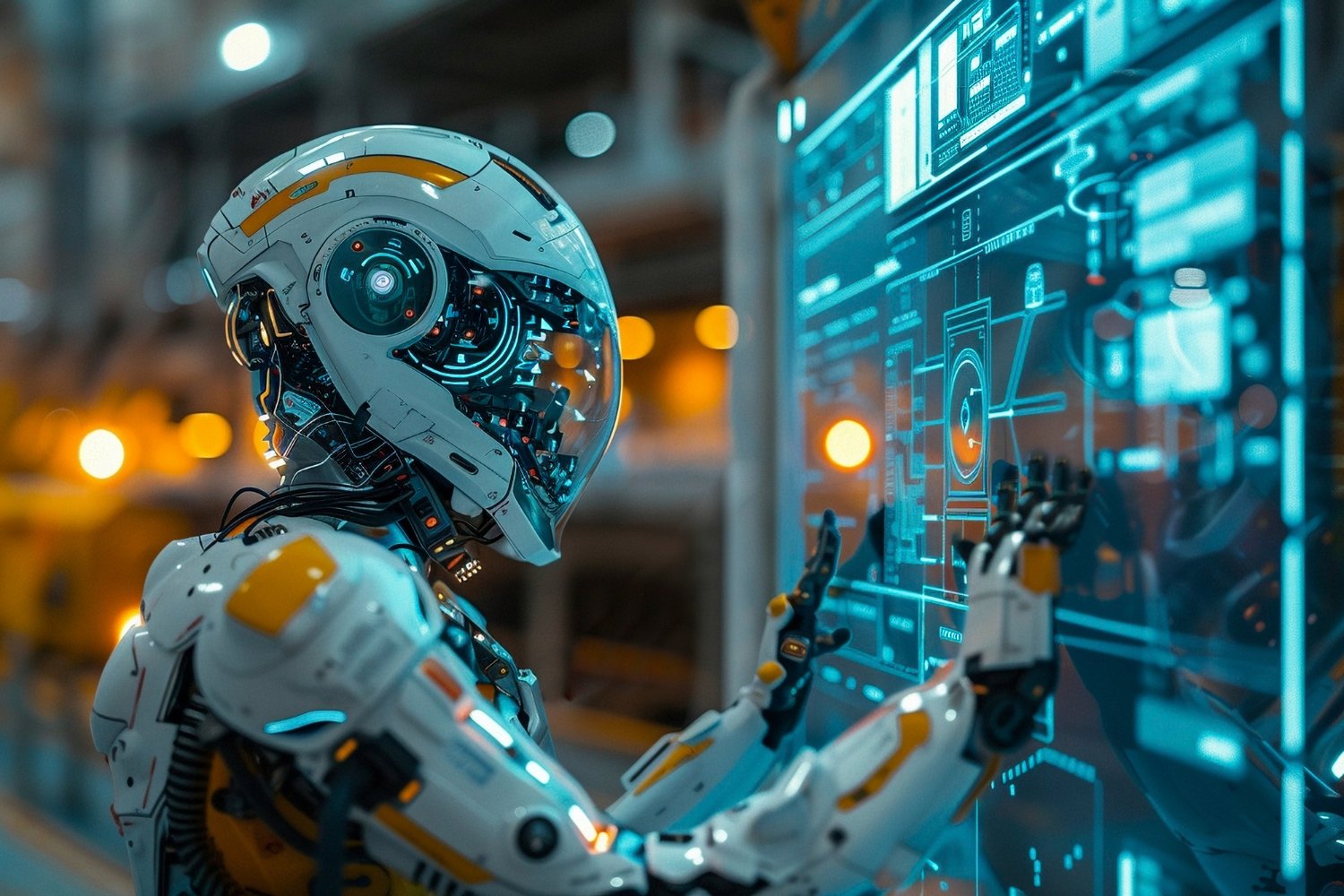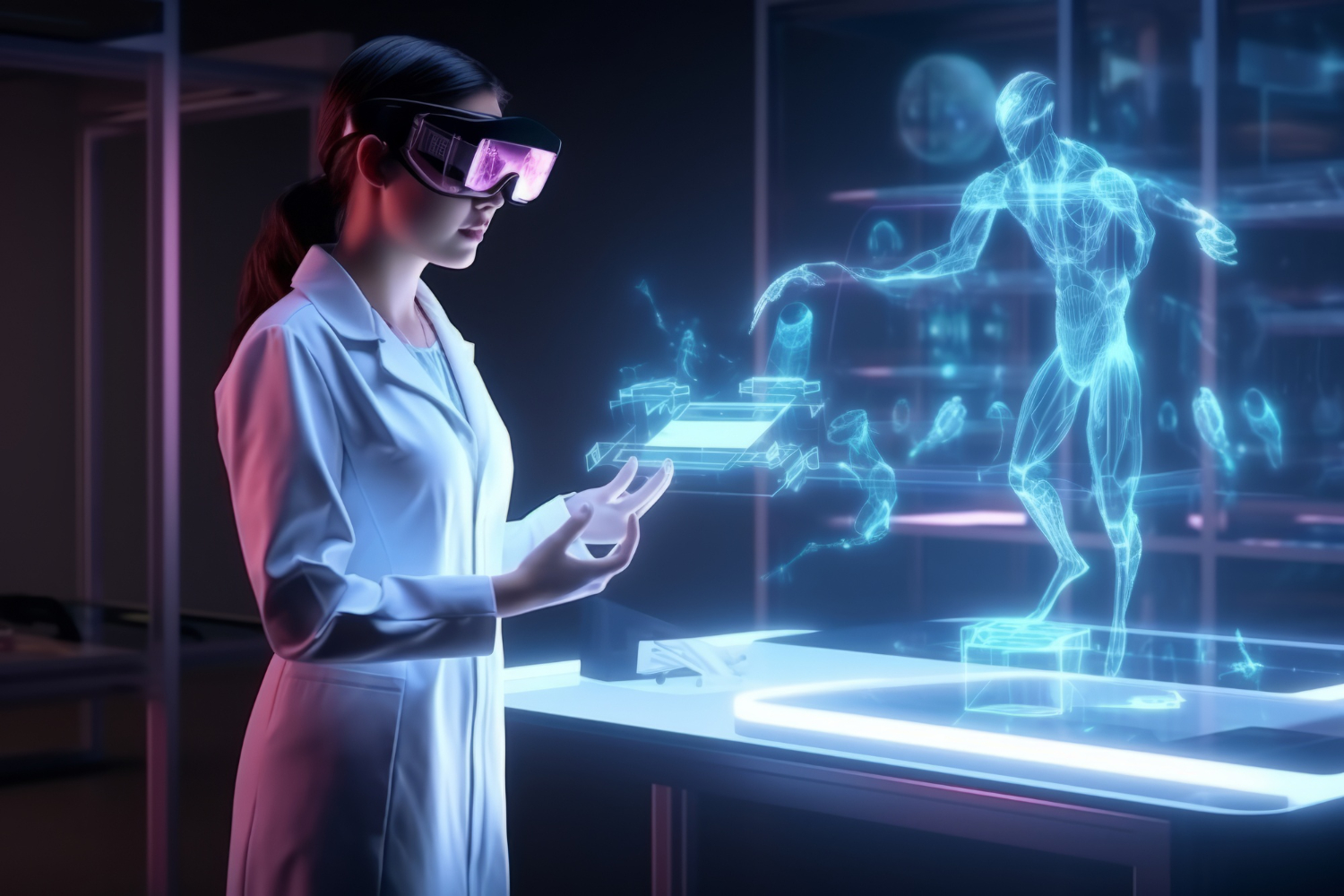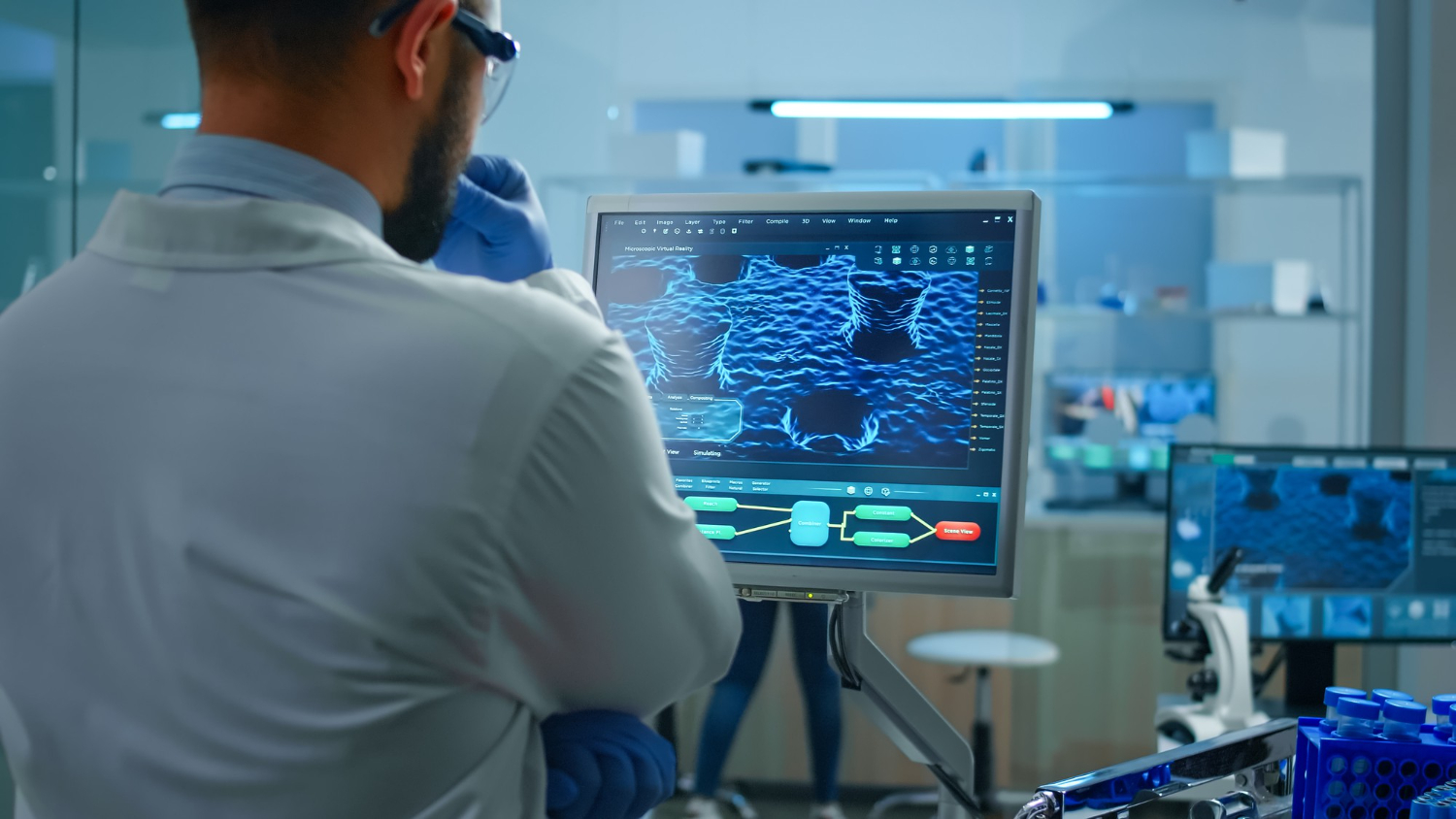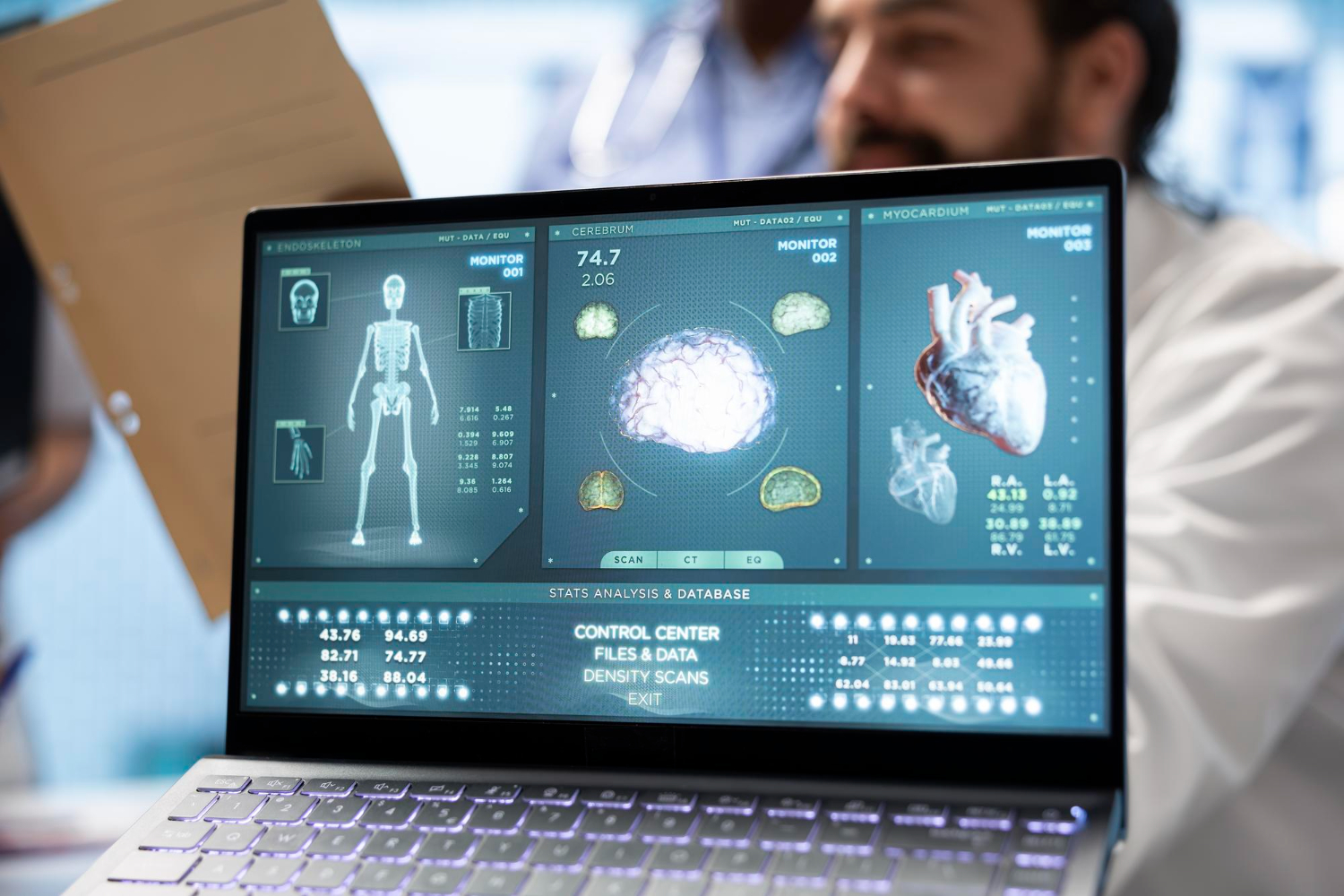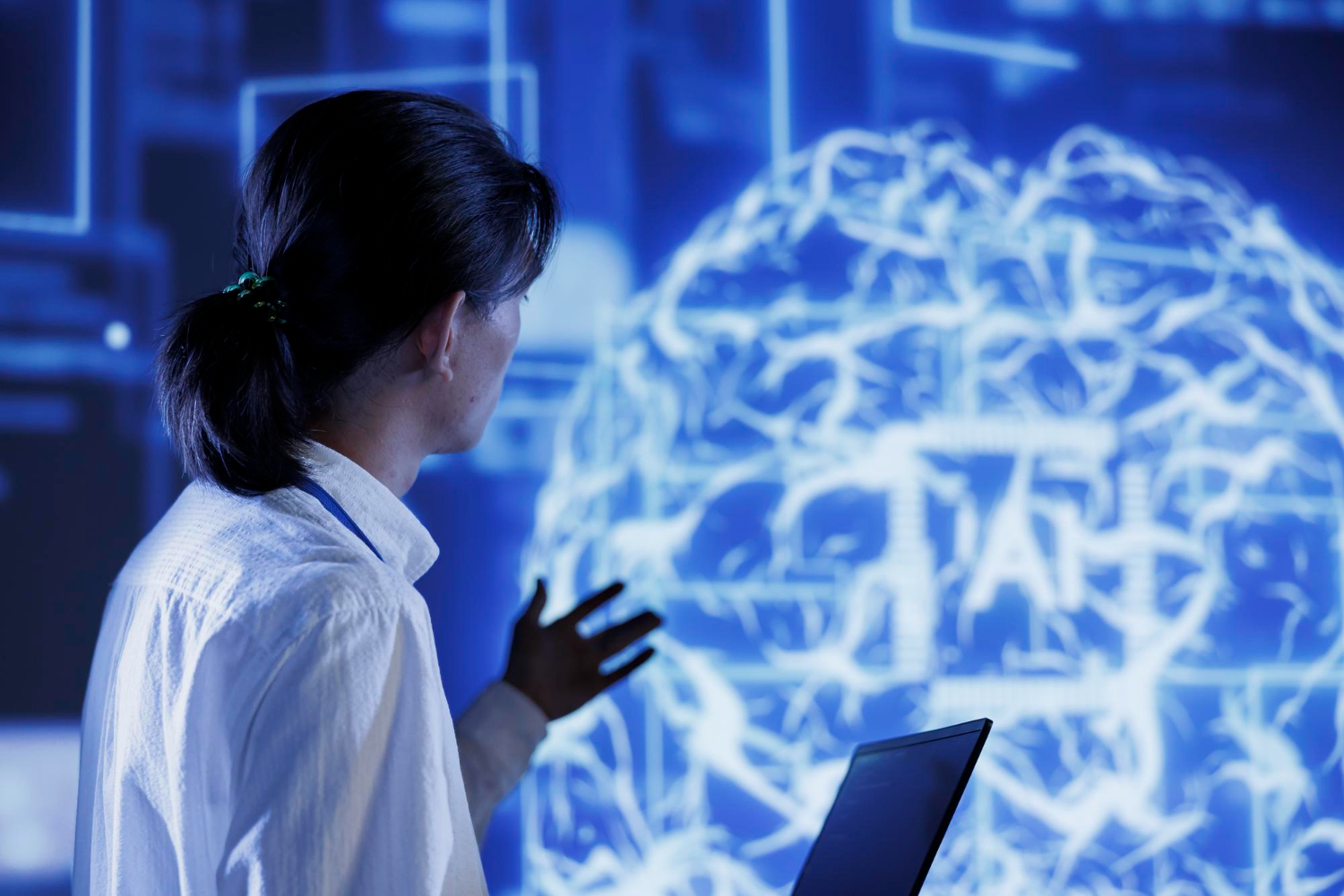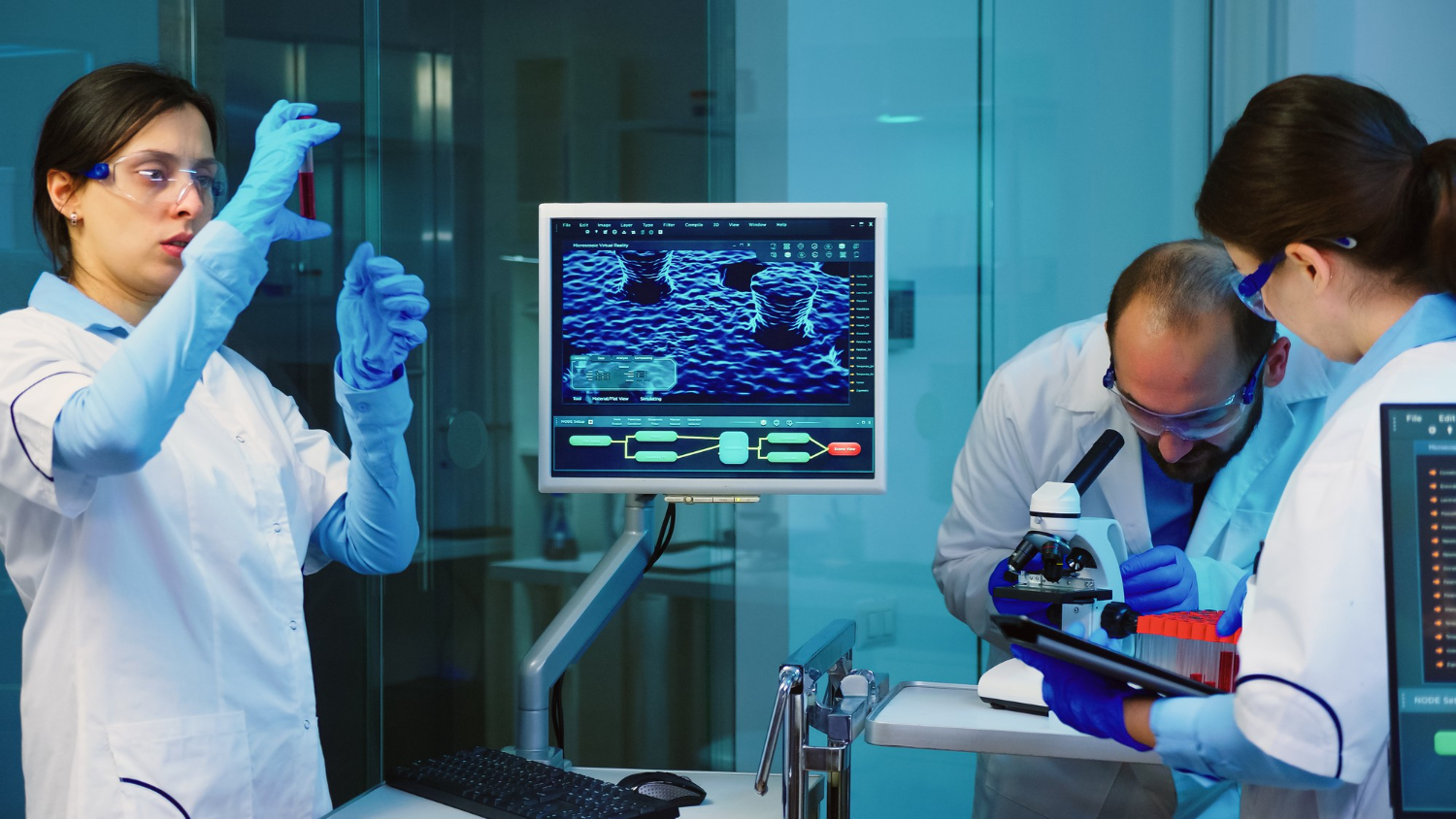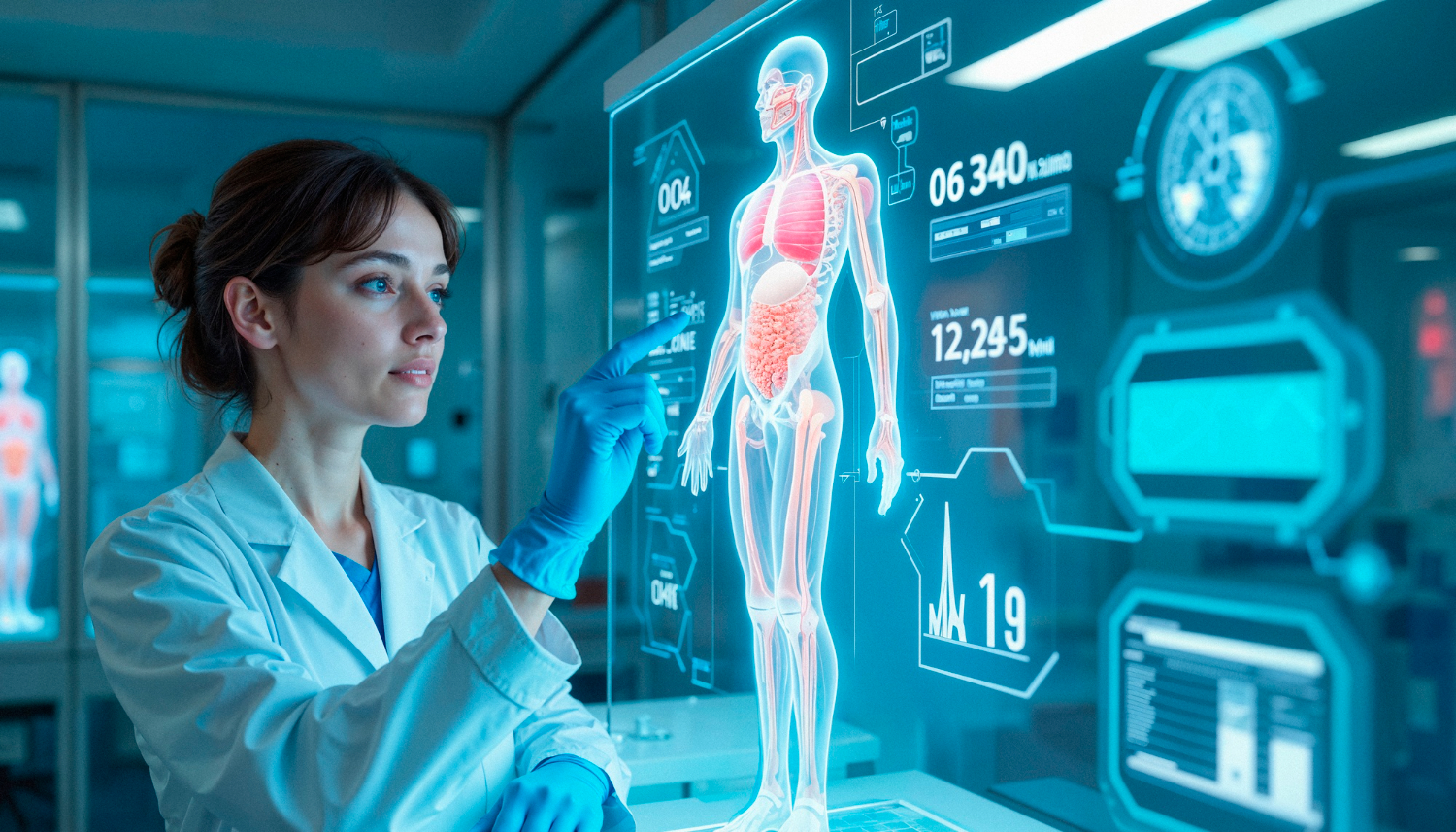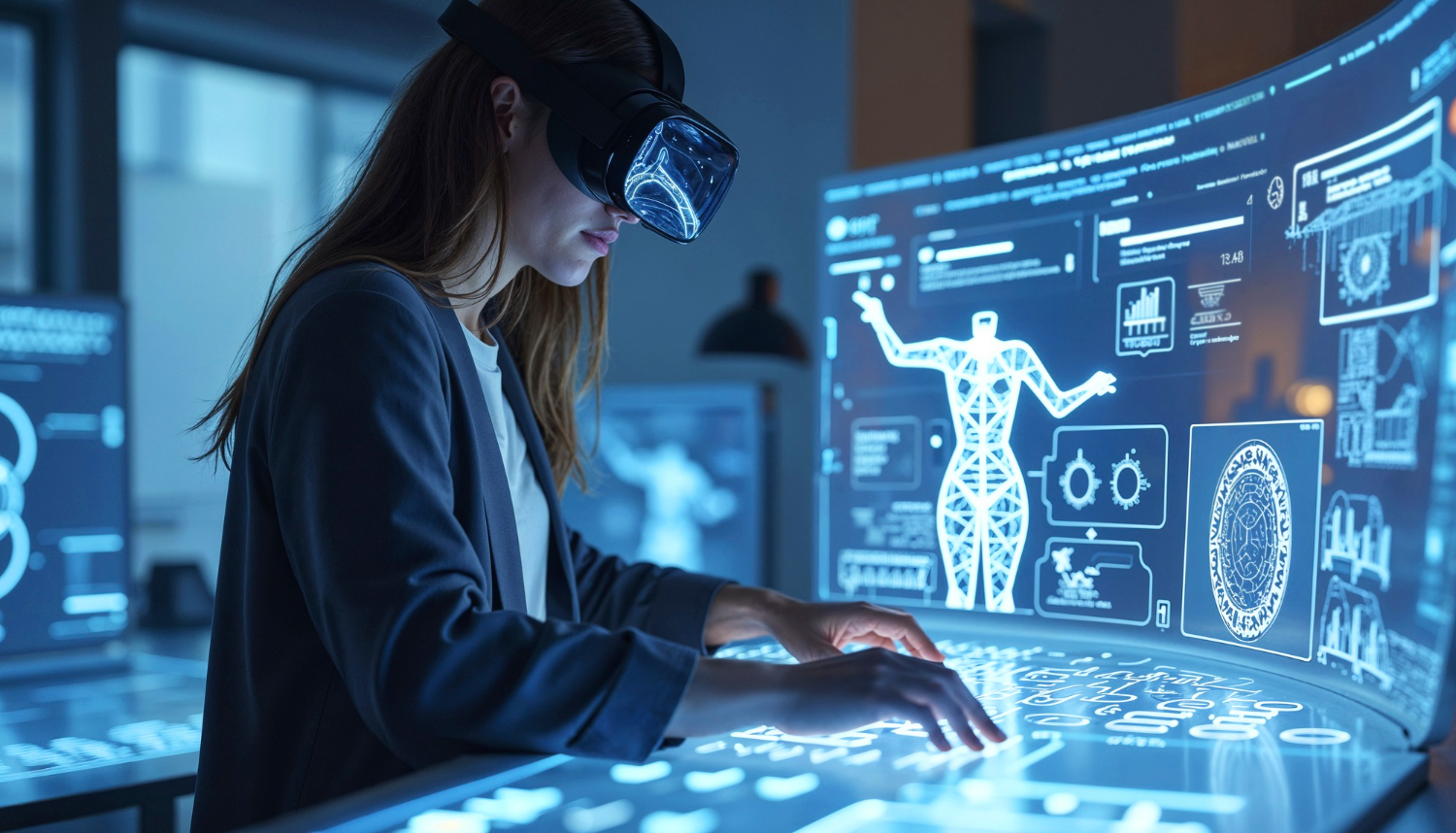Introduction
The partnership between Generative AI and robotics has introduced groundbreaking solutions across industries. When artificial intelligence meets mechanical precision, machines learn, adapt, and perform tasks with remarkable efficiency.
From robots in factories to text-based systems in customer service, this teamwork is changing how we work. It is creating real solutions for tough problems.
At TechnoLynx, we focus on integrating these technologies to help businesses unlock new opportunities. This article explores how Generative AI and robotics work together and what it means for organisations.
The Foundations of Generative AI and Robotics
What Is Generative AI?
Generative AI refers to systems that can produce new content. This could include text, image generation, videos, or even synthetic data. Using training data and advanced neural networks, these models develop realistic outputs. Large language models (LLMs) are an example of how these systems work.
The Role of Robotics
Machines equipped with physical capabilities are transforming industries. Companies use industrial robots for assembly, inspection, and maintenance. These machines rely on real-time inputs and precise programming.
Read more: AI in Robotics
How Generative AI Enhances Machines
Computer Vision in Machines
Generative AI powers advancements in computer vision. Machines equipped with cameras and AI systems can now analyse images and videos effectively. For example, AI-enabled systems in warehouses can detect items on shelves and pick them with accuracy.
Generative AI creates synthetic data to train machine learning models for vision systems. These systems use neural networks to identify objects and improve decision-making processes.
Generating Synthetic Data
Training machines requires large datasets, but collecting real-world data can be expensive and slow. Generative AI fills this gap by producing synthetic data for training. For example, robots use this synthetic data to learn how to handle new tasks or interact with unfamiliar objects.
Improved Communication
Generative AI, through text-based systems like LLMs, allows machines to communicate more effectively. A customer service bot using a model developed with training data can engage users and answer complex queries seamlessly.
Real-World Applications
Manufacturing
In factories, industrial robots are becoming more versatile thanks to Generative AI. They can assemble products, detect defects in real-time, and adapt to changes on production lines. Synthetic data accelerates the learning curve for these machines.
Read more: AI in Manufacturing: Transforming Operations
Healthcare
Machines enhanced with Generative AI support surgeries and rehabilitation. These systems analyse images or videos, providing critical data during procedures. They can also interact with patients using text-based communication, ensuring personalised care.
Read more: How NLP Solutions Are Transforming Healthcare
Gaming and Entertainment
Generative AI has revolutionised video games by creating realistic environments and characters. When combined with machines, it bridges the digital and physical worlds. For example, robotic assistants could provide real-time reactions to gameplay scenarios.
Read more: Generative AI in Video Games: Shaping the Future of Gaming
Agriculture
Machines in farming now use Generative AI to detect weeds, monitor crop health, and automate harvesting. Training data, including synthetic datasets, enables these systems to perform tasks efficiently and accurately.
Read more: Smart Farming: How AI is Transforming Livestock Management
Key Technologies Driving Collaboration
Neural Networks
Neural networks, inspired by the human brain, enable machines to learn from data. Both Generative AI and machines use these networks for pattern recognition, image processing, and decision-making.
Machine Learning Models
Machine learning models help systems adapt to new information. Generative AI helps these models by creating realistic datasets. This ensures that machines can manage different tasks, like object detection and customer service.
Large Language Models
LLMs have advanced text-based communication systems. Machines equipped with LLMs can hold meaningful conversations with users. This is crucial in areas like customer support, where clarity and responsiveness are essential.
Read more: Small vs Large Language Models
Deep Learning Techniques
Deep learning enhances image generation and video analysing. Machines use these techniques to interpret complex visual inputs and adapt their actions accordingly.
Challenges and Solutions
Integration Complexity
Combining Generative AI with machines requires significant computational resources. Ensuring seamless interaction between systems can be a technical challenge.
Solution: TechnoLynx specialises in developing custom solutions. We optimise AI systems to ensure smooth integration with machines.
Ethical Considerations
Generative AI’s ability to create realistic outputs raises concerns about misuse. Machines using AI might perform actions that are difficult to predict.
Solution: Clear guidelines and ethical practices are essential. At TechnoLynx, we prioritise responsible development and implementation of AI systems.
Data Dependency
Machines need high-quality training data. A lack of sufficient data can slow development and reduce efficiency.
Solution: Generative AI bridges this gap by providing synthetic data. This ensures that we adequately train systems without relying entirely on real-world datasets.
Benefits of Combining Generative AI with Machines
Enhanced Performance
Generative AI makes systems smarter and more adaptable. Machines can now perform tasks with higher accuracy, reducing errors and improving efficiency.
Cost Efficiency
Using synthetic data reduces the costs associated with real-world data collection. This makes training processes quicker and more affordable for organisations.
Creativity in Automation
Generative AI enables machines to go beyond repetitive tasks. They can now handle creative processes, such as designing products or generating personalised customer interactions.
Read more: What is the future of Automation in Construction?
Real-Time Problem Solving
Machines equipped with AI respond to challenges in real time. For example, a robot arm on an assembly line can adapt to unexpected changes without interrupting operations.
The Role of Generative AI Models in Enhancing Machine Capabilities
Generative AI models are at the heart of the collaboration between AI and machines. These models enable systems to create, adapt, and learn in ways that resemble human ingenuity. They serve as the foundation for innovations in image generation, synthetic data creation, and advanced communication systems. By integrating these models with machine-based systems, organisations can unlock new levels of efficiency and creativity.
What Are Generative AI Models?
Researchers train generative AI models to produce new content from existing data. These models use neural networks. Examples include Generative Adversarial Networks (GANs), Variational Autoencoders (VAEs), and Recurrent Neural Networks (RNNs).
Generative models are different from traditional machine learning models. While traditional models classify or predict, generative models can create new outputs. These outputs can include realistic images, videos, or text responses.
These systems rely on high-quality training data and deep learning techniques to develop their capabilities. They simulate patterns found in data, allowing them to generate content that mirrors real-world scenarios.
Applications of Generative AI Models in Robotics
1. Synthetic Data for Training
Robots often need large datasets to learn and adapt. Generative AI models create synthetic data that mimics real-world conditions. This accelerates training for tasks such as object detection, navigation, and interaction with dynamic environments.
For example, industrial robots in warehouses can learn to identify and handle many types of products. They do this by using synthetic datasets. AI models generate these datasets by replicating various lighting conditions, object angles, and sizes.
2. Creating Realistic Simulations
Before deploying machines in physical environments, testing in simulations is essential. Generative AI models create realistic virtual environments where robots can practise tasks. For instance, a robot arm designed for assembly lines can learn to manipulate different tools within a simulated workspace.
Simulations save time and reduce costs by ensuring that machines are well-prepared before real-world deployment.
3. Advanced Communication Systems
Generative AI models enhance communication between humans and machines. Text-based systems powered by large language models (LLMs) can understand and respond to queries in natural language. This is especially useful in customer service, where automated systems engage users seamlessly.
For example, a customer may ask a robotic assistant for product recommendations. Generative AI models analyse the query and generate meaningful responses, creating a more interactive and human-like experience.
4. Customised Outputs
Generative AI models enable machines to create outputs tailored to specific needs. In design and manufacturing, robots can generate product prototypes based on initial requirements. You can evaluate and adjust these designs in real time, which improves production processes.
Key Technologies Behind Generative AI Models
Generative Adversarial Networks (GANs)
GANs are widely used in generative AI for creating realistic outputs. They consist of two neural networks: a generator and a discriminator. The generator creates new data, while the discriminator evaluates its authenticity. This feedback loop results in highly realistic outputs, such as lifelike images and videos.
For robotics, researchers use GANs to simulate environments or generate synthetic objects for training. For example, they can create different types of terrain for autonomous robots to practise navigation.
Variational Autoencoders (VAEs)
VAEs are another type of generative AI model. People often use them for tasks like data compression and generating synthetic data. VAEs are exceptionally good at making outputs that look like the training data. This makes them great for tasks that need high accuracy.
Robots trained with VAEs can develop nuanced capabilities, such as recognising complex patterns or predicting future scenarios.
Recurrent Neural Networks (RNNs)
RNNs excel in generating sequential data, such as text or time-series predictions. In robotics, researchers use them to predict movements or actions based on historical data. For example, an industrial robot may use RNNs to optimise the order of assembly tasks.
Real-World Examples of Generative AI Models in Robotics
Healthcare Robotics
Generative AI models power machines used in surgery and rehabilitation. These robots analyse patient-specific data and generate customised treatment plans. AI models also assist in creating realistic simulations for medical training, enabling surgeons to practise complex procedures safely.
Autonomous Vehicles
Self-driving cars use Generative AI models to simulate traffic scenarios and learn from them. These models create realistic environments where vehicles practise recognising obstacles, navigating lanes, and reacting to sudden changes.
Read more: AI for Autonomous Vehicles: Redefining Transportation
Creative Industries
In video games and animation, robots paired with generative AI models design lifelike characters and environments. These systems automate repetitive tasks and allow developers to focus on creative aspects. For example, an AI system can generate character models with specific attributes while robots handle physical rendering tasks.
Read more: Computer Vision in a Painting: AI’s Artistic Future
Challenges in Using Generative AI Models
Data Quality
Generative AI models require high-quality training data to perform effectively. Poor data can lead to inaccurate or biased outputs.
Solution: Curate diverse and high-quality datasets.
Computational Power
Generative AI models need significant computational resources to function. Training large models or generating detailed outputs can be resource-intensive.
Solution: We optimise AI systems for efficiency. This reduces the computational load without compromising performance.
The Future of Generative AI Models in Robotics
Generative AI models are continuously evolving. As they become more advanced, their integration with robotics will deepen. Future machines might use these models to gain autonomous abilities. They could adapt to new environments and create custom solutions quickly.
At TechnoLynx, we stay at the forefront of these developments. Our team specialises in integrating generative AI with machine-based systems to deliver scalable and ethical solutions. Whether you aim to enhance manufacturing, healthcare, or customer service, we provide tailored support to meet your goals.
How TechnoLynx Supports Innovation
TechnoLynx bridges Generative AI and machine capabilities. Our team has expertise in neural networks, machine learning models, and AI integration.
We assist organisations by:
-
Developing AI-powered communication systems.
-
Integrating real-time computer vision solutions.
-
Ensuring ethical and scalable AI adoption.
Future Potential of Generative AI and Machines
As technology evolves, the collaboration between AI and mechanical systems will deepen. Machines will become more intuitive and capable of tackling advanced challenges. From video games to industrial automation, the possibilities are vast.
TechnoLynx stays at the forefront of these advancements, ensuring businesses benefit from cutting-edge solutions tailored to their needs.
Conclusion
The combination of Generative AI and machine-based systems is transforming industries. By leveraging synthetic data, advanced algorithms, and neural networks, businesses can optimise operations and deliver innovative solutions.
TechnoLynx is here to help you implement these technologies effectively. Contact us to explore how AI and machines can benefit your organisation.
Continue reading: Human and Machine: Working Together in a New Era of AI-Powered Robotics
Image credits: Freepik

